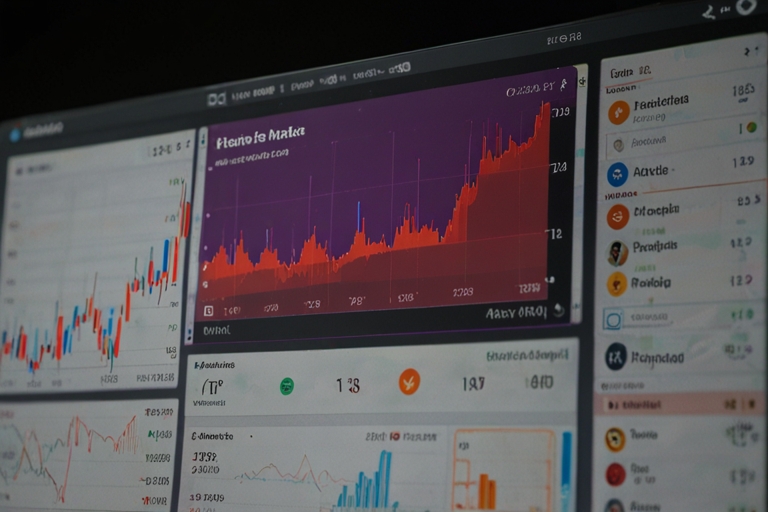
TL;DR
- Hackers exploited a vulnerability in CoinMarketCap’s front‑end using a “doodle” image to inject malicious JavaScript.
- The exploit displayed a fake “Verify Wallet” pop‑up, aiming to trick users into connecting their wallets.
- CoinMarketCap promptly removed the code and implemented mitigation steps, but hasn’t disclosed how many users were affected.
- Security experts warn that even reputable crypto platforms can be vulnerable, and urge users to stay vigilant.
What Happened
On June 20, CoinMarketCap experienced a brief but serious breach in its front‑end interface. According to blockchain security firm Coinspect Security, attackers injected malicious JavaScript via the platform’s rotating “doodles” image feature. This code triggered an unauthorized pop‑up telling users to “Verify Wallet”, a classic crypto-phishing tactic designed to steal private keys or initiate unauthorized transactions.
A user’s wallet connection prompt was ingeniously disguised as part of CoinMarketCap’s UI, preying on the trust millions place in the site for live crypto data. The exploit leveraged CoinMarketCap’s API, serving manipulated JSON alongside the doodle animation to deliver the malicious payload.
Company Response
CoinMarketCap acted swiftly:
- Removed the malicious code from its site.
- Issued a public notice warning users not to connect wallets (source, additional report).
- Isolated the vulnerable graphic asset and patched its back-end API.
- Advised the community that further security measures were underway.
However, the company has not confirmed the scope of the attack—specifically, how many visitors were impacted or whether any wallets were compromised.
Why It Matters
This incident highlights a critical truth: no platform is immune from front‑end vulnerabilities. Even widely trusted sites like CoinMarketCap can become gateways for crypto-phishing schemes.
Pop‑up scams—often originating from third‑party scripts—can deceptively mimic legit features. Users driven by urgency may unknowingly reveal their private keys or approve malicious transactions.
The breach underscores that crypto security is a broad ecosystem—spanning not only on‑chain practices but also the integrity of off‑chain platforms.
Community & Expert Reaction
Security experts and wallet providers quickly raised alarms:
- MetaMask and Phantom flagged CoinMarketCap as unsafe.
- Analysts emphasized attackers often exploit trusted third-party assets or ad-networks to inject malicious code.
- Investigations are ongoing to determine the precise attack vector.
How to Stay Safe
For users:
- Never connect your wallet to random pop-ups.
- Enable wallet alerts such as MetaMask notifications.
- Verify URLs before signing transactions (e.g. coinmarketcap.com, metamask.io, btn.phantom.app).
For developers/platforms:
- Audit client-side code thoroughly—especially dynamic content like doodles or ads.
- Implement subresource integrity (SRI) and security headers.
- Use Content Security Policy (CSP) to restrict external script execution.
Incident Overview
| Detail | Information |
| Vulnerability Vector | Malicious doodle image (source, source) |
| Code Delivery | Backend JSON payload via API |
| Exploit Tactic | Fake “Verify Wallet” pop-up phishing prompt |
| Response Time | Prompt removal and code fix |
| User Impact | Unspecified—investigation ongoing |
The Bigger Picture
As DeFi and Web3 adoption accelerates, traditional crypto content platforms are becoming primary targets. This event is a wake-up call that security must be proactive—extending beyond the blockchain itself to the interfaces and infrastructures users rely on.
Developers must adopt zero trust principles, assume the presence of malicious vectors, and treat every third-party asset as a potential security risk.






